America's Public Lands
A majority of Americans agree that funding to safeguard land, air and water should be protected. Learn how TNC is working to defend and protect our public lands.
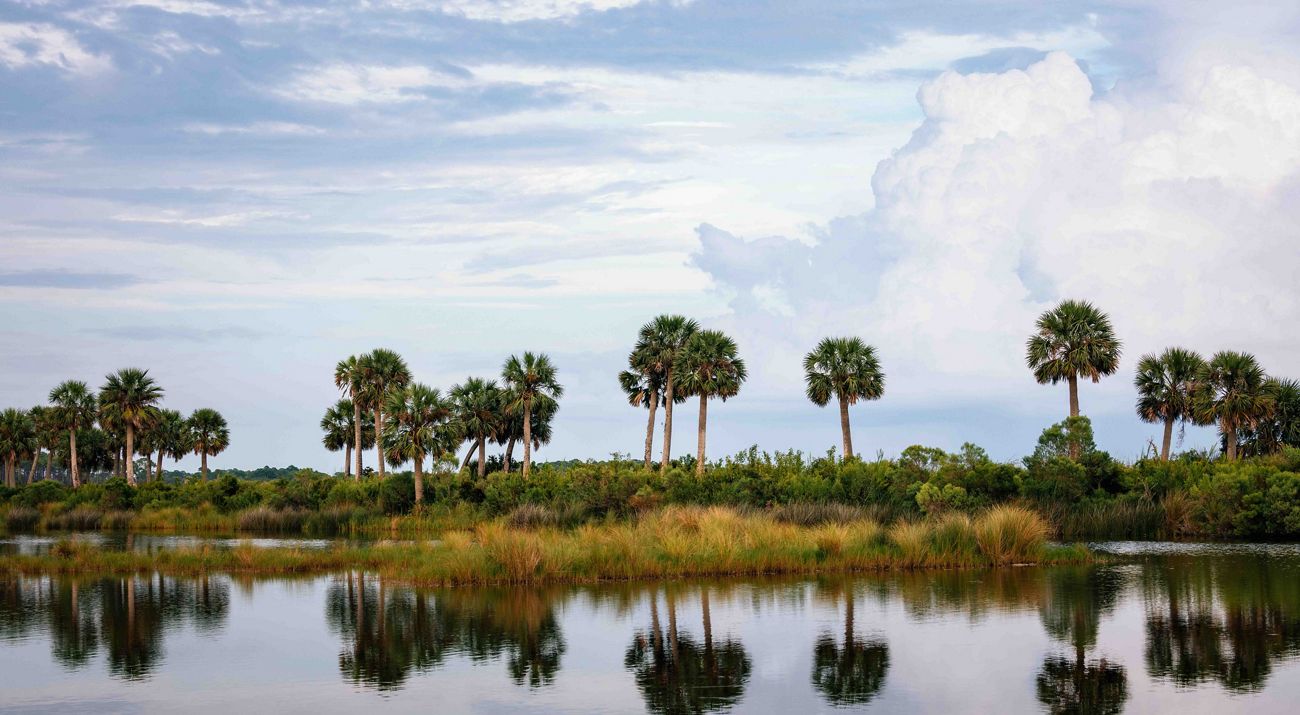
Natural places where we wander, wonder and get wild are essential to the lives of Floridians.
Public lands are among our most valuable natural resources. From fueling our economy to improving our health and wellbeing, and safeguarding some of the planet’s most threatened plants and animals, the natural spaces around us are vital to our lives and livelihoods.
“Public lands” refers to forests, wetlands, prairies, seashores and other lands that are owned and managed by a state, local or federal government body—and financed by your tax dollars. These lands may be open to the public and maintained for recreation and/or conservation.
For more than 60 years, The Nature Conservancy has worked with the State of Florida to protect, preserve and restore our world-renowned public lands, including our award-winning state parks and forests, wildlife management areas, conservation easements and other environmentally critical habitats. But some would sell them to the highest bidder for the profit of a few, rather than the benefit of all. By evading or changing long-held rules—or ignoring them, altogether—private interests threaten our natural treasures with disturbing regularity.
Now, it’s up to all of us to safeguard them.
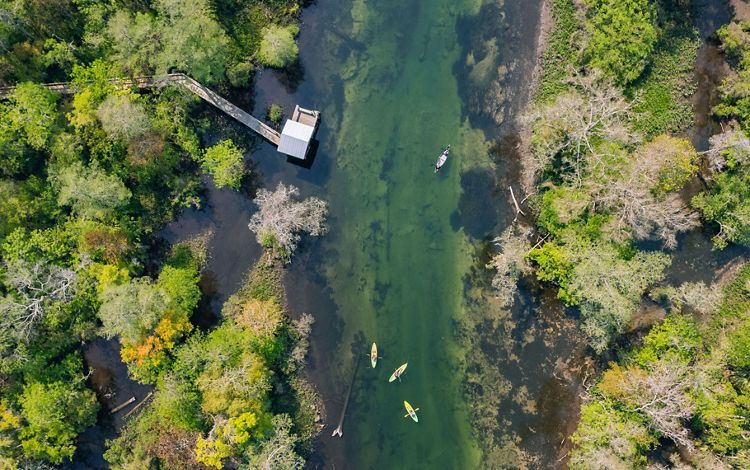
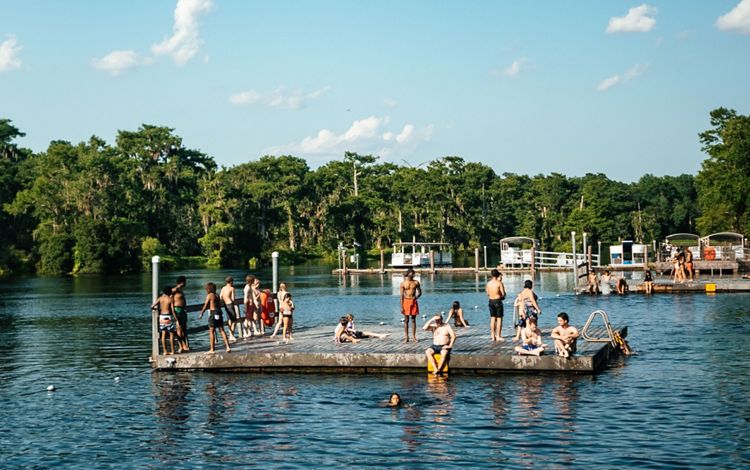
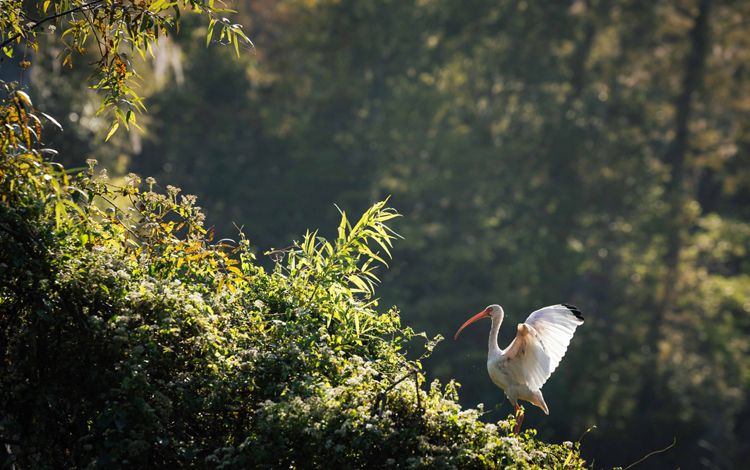
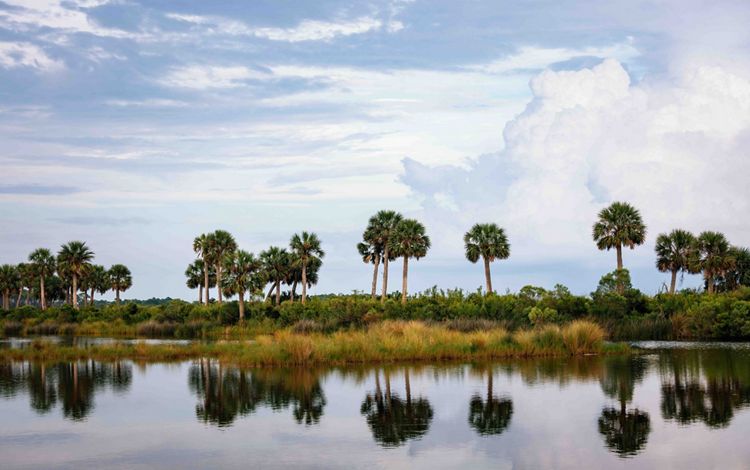
Public lands have a positive impact on...
By protecting natural lands and restoring them to their natural functions, they also serve as an incredible nature-based solution to climate change. Whether its storing carbon in their soils or buffering coastal development from storm surge and other extreme weather impacts, our lands are climate heros.
Both residents and visitors enjoy the splendor of Florida's public lands. Spending time not only calms us, but is also a place to find thrill, camaraderie and connection. You can find many recreational activities available at various parks and public lands. Learn more at our Public Lands in Florida FAQ below.
Some public lands also allow hunting and fishing. Please consult the Florida Fish and Wildlife Commission website to find available opportunities.
As land stewards, protection professionals and nature advocates, we celebrate our favorite public lands and share why we love them.
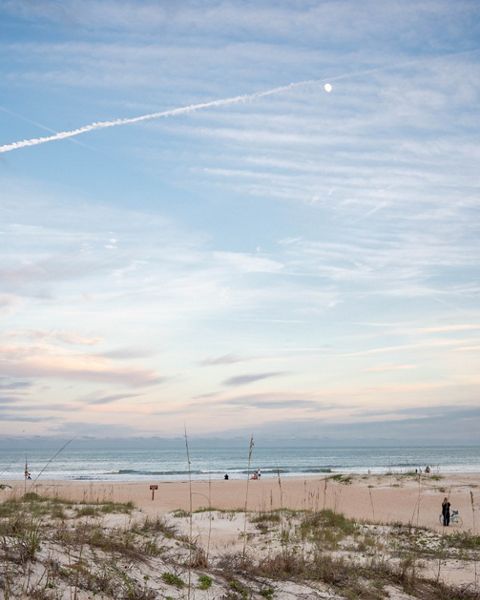
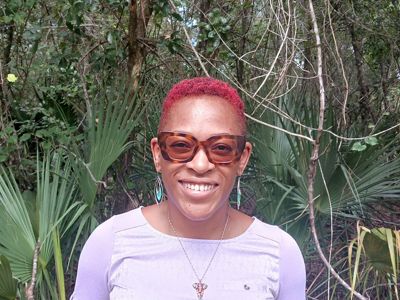
“Talk about a treasure of woods, prairie and wetlands! Near the Econ River just outside of Orlando! I’ve been exploring Hal Scott Preserve’s beautiful landscape since the pandemic."

“Ichetucknee Springs State Park is one of the most magical places on earth; from learning to scuba dive to floating down the river to camping with friends my memories here are endless.”
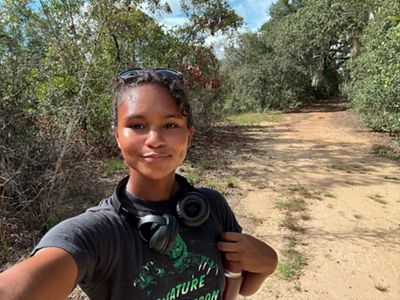
"Crooked Lake Sandhill Preserve is a beautiful example of the effects consistent prescribed burning can have on sandhill habitat. Visiting always reminds me of the beauty that can come of protecting our natural area."
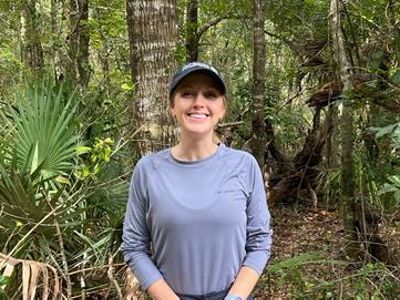
“I love Leon Sinks Geological Area and its scenic public trails. Visitors can see fascinating karst landscapes and a gorgeous Longleaf pine forest.”
We protect the things we love. In 2024, Floridians showed their love for their Florida State Parks when they were threatened by potential development. In 2025, public-land-lovers spoke out once more against unnecessary land exchanges in central Florida and northeast Florida.
Beyond development of currently held public lands, other threats also include:
In August 2024, The Florida Department of Environmental Protection revealed plans to build 350-room hotels, golf courses, pickle ball courts and other development on the environmentally sensitive lands at 26 Florida state parks as part of the “Great Outdoors Initiative.” But public land advocates spoke up and the plan was stopped.
Read the Full StoryThe future of conservation rests on our ability to protect tried-and-true acquisition, management and disposition processes. With unvetted deals that remove the public from the public lands process, we erode the foundation of our rich conservation work. If we allow incompatible park development or unjustifiable land exchanges to be approved, we not only lose the public access that residents and visitors enjoy but also the years of progress that our state has made to conserve and restore these rare ecosystems.
“Florida is losing natural coastal lands at an alarming rate, increasingly destroyed by development like golf courses and subdivisions,” said Executive Director Greg Knecht in a statement regarding the recent Guana River WMA exchange.
“If we continue to lose our public lands to ill-informed [transactions], we lose the sanctity of the long-respected mechanisms that preserve natural Florida for future generations.”
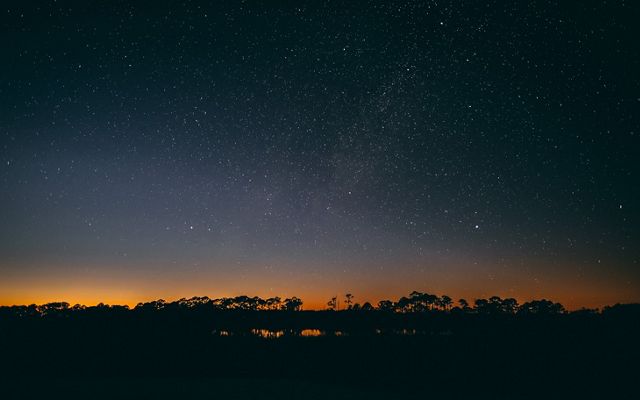
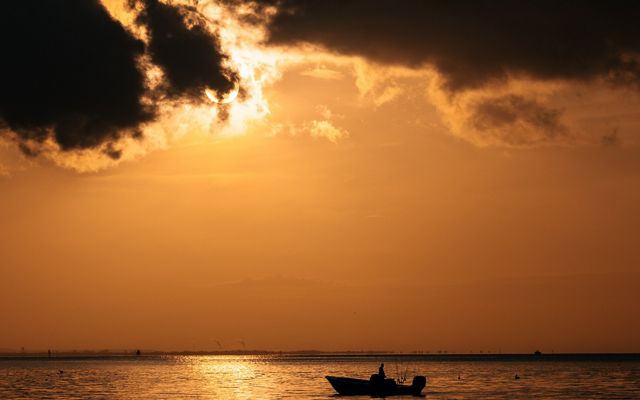
Every time our public lands are under attack, Floridians activate and mobilize. We saw it in the protests at our state parks in August 2024 and the outcry against the 2024 proposed land exchanges at Withlacoochee State Forest and Guana River Wildlife Management Area.
When called to action, Floridians speak up for our beaches, forests and wetlands. They defend our hiking, paddling, hunting and fishing areas.
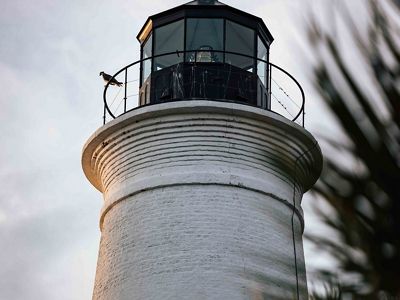
An osprey stands watch on the railing of St. Marks National Wildlife Refuge’s historic lighthouse.
This isn’t the first time our public lands have been fast-tracked for development. And it won’t be the last.
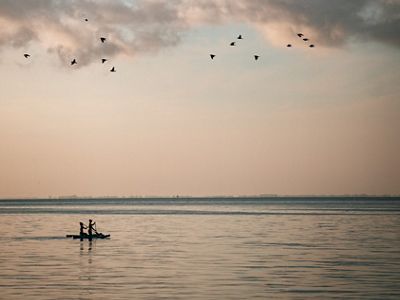
A pair of paddlers navigate calm coastal waters in Tampa Bay, joined overhead by a flock of birds.
The Nature Conservancy polled 550 registered Florida voters to learn more about what Floridians believe about the value of public lands, their voice in the conservation process and how they will respond to future threats.
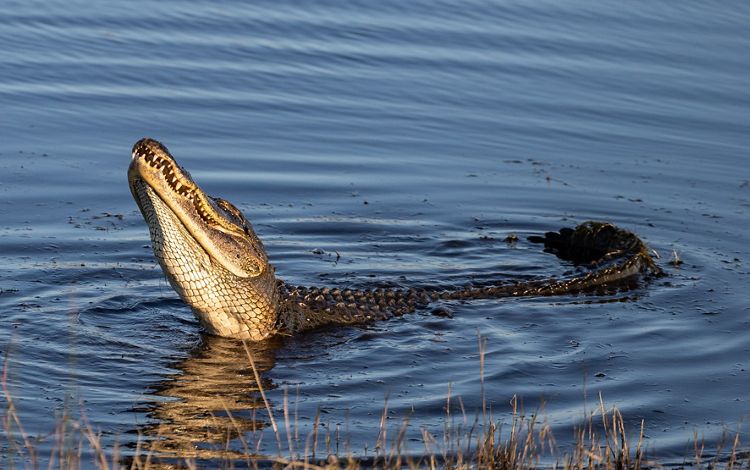
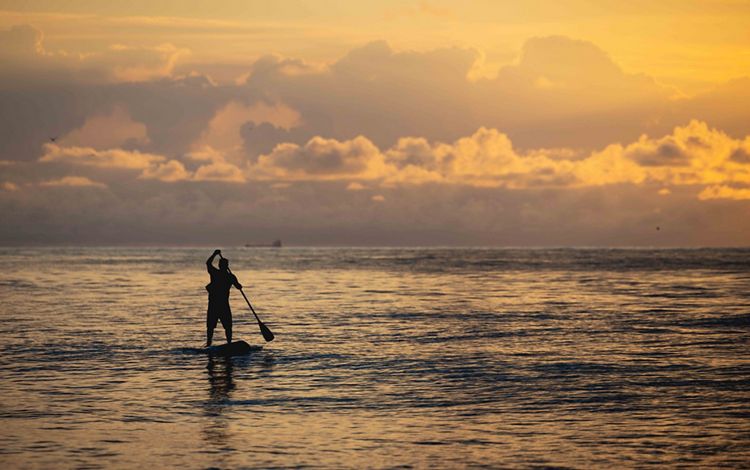
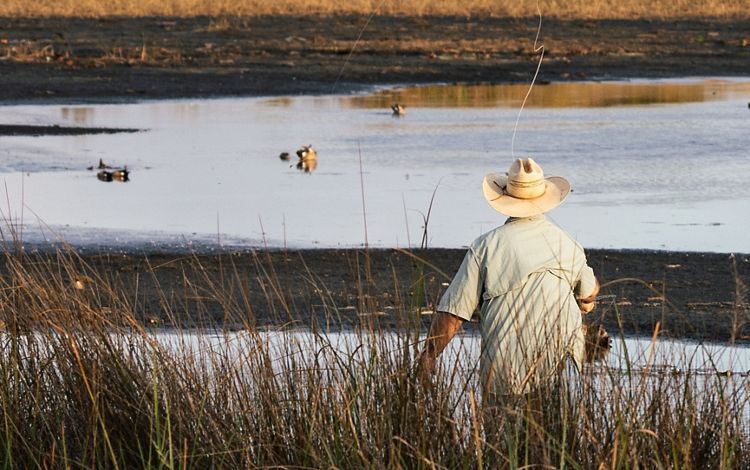
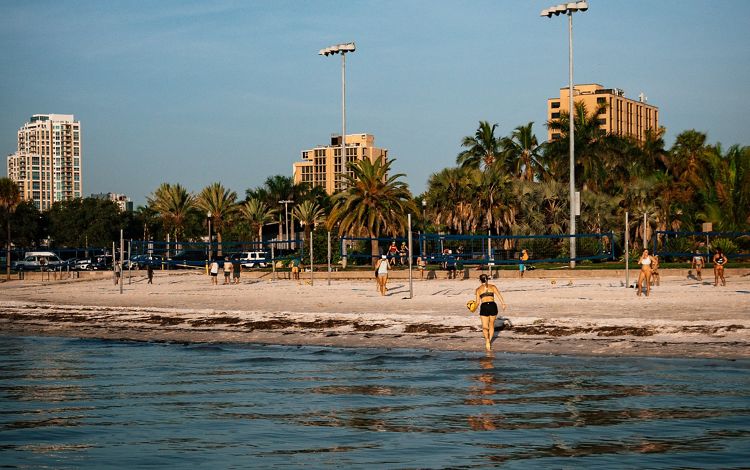
Through responsible conservation and transparent government that Floridians overwhelmingly champion, we can protect the special places that make our great state such an amazing place to live, work and play.
For Floridians—and Americans—the public lands we purchase, protect and preserve with our tax dollars are irreplaceable treasures. And it’s the responsibility of the officials we elect to ensure these essential landscapes remain for the benefit of future generations. From our backyards in the Sunshine State and across the nation, our investment in these natural places is worth far more than dollars. Our public lands are where memories are made, peace is found and connections with nature are forged for a lifetime.
It’s up to all of us to speak up and tell our government representatives to keep public lands where they belong—in public hands.
“Public lands” refers to forests, wetlands, prairies and other lands that are owned and managed by a state, local or federal government body — and financed by your tax dollars. “Public lands” refers to those lands that are open to the public and maintained for recreation and/or conservation. Governments also own lands that are not open to the public, such as sensitive wildlife areas, conservation easements and other lands whose primary purpose is for preservation or resource extraction.
In the United States, the federal government manages about 640 million acres of public lands, which constitutes nearly a third of all land in the country.
The Florida Wildlife Corridor is a statewide network of nearly 18 million acres of connected ecosystems that support both wildlife and human populations. The corridor includes currently protected properties like state parks, national forests and wildlife management areas, but also maps key areas that must be protected to maintain wildlife movement pathways, prevent habitat fragmentation, protect drinking water sources and enhance connectivity between natural lands.
Public lands provide countless benefits, including:
Our state parks are an investment in our future. More than 28 million people visit Florida’s state parks each year creating $3.8 billion in economic impact. That’s why we must continue to protect them for their primary purpose: to conserve ecologically essential lands.
Many public lands provide space and/or amenities for various activities including:
The Florida Department of Environmental Protection manages 175 state parks, trails and historic sites as part of its award-winning Florida State Parks system. The Florida Park Service is one of the largest in the country with 175 state parks, trails and historic sites spanning more than 815,000 acres and 101 miles of sandy white beach. The Florida Forest Service (Florida Department of Agriculture and Consumer Services) manages more than 30 state forests across the state, totaling nearly 1.2 million acres.
As staff to the Board of Trustees of the Internal Improvement Trust Fund (Governor and Cabinet), the Florida Department of Environmental Protection provides oversight for the management of activities on more than 12 million acres of state-owned lands including lakes, rivers and islands. DEP buys land for preservation, sells surplus state property and provides mapping and survey services for state-owned lands. DEP also specializes in geoscience research that helps guide regulatory and policy-making decisions.
DEP’s Division of State Lands works closely to inform and implement acquisition and sales with the approval of both the Florida Cabinet and the Acquisition and Restoration Council (ARC). The Acquisition and Restoration Council (ARC) is a 10-member group comprised of four state agency representatives, four Gubernatorial appointees, one Florida Fish and Wildlife Conservation Commission appointee and one Florida Department of Agriculture and Consumer Services appointee. ARC evaluates, selects and ranks state land acquisition projects on the Florida Forever Priority List; reviews management plans; evaluates proposed uses of state-owned conservation land; and reviews tax credit requests for conservation easement properties containing fewer than 40 acres.
The U.S. National Park Service, (U.S. Department of Interior) protects and manages 63 parks across the U.S. National Parks in Florida includes Everglades National Park, Biscayne National Park and Dry Tortugas National Park.
Use this map to find Florida State Parks: Find a Park | Florida State Parks
Find other recreational opportunities here: Map Direct: Florida Outdoor Recreation Inventory (FORI) Map
Find a state forest: State Forests / Our Forests / Forest & Wildfire / Home - Florida Department of Agriculture & Consumer Services
Conservation easements help protect nature from development while keeping management under the financial responsibility of the property owner for a variety of terms. Some easements are perpetual while some are for specific time frames like twenty years; TNC in Florida is only supportive of perpetual easements.
- Fee-simple transactions (like buying a home, for example) use considerations of land ownership for a monetary value. Less-than-fee-simple transactions like conservation easements focus on land use or activities, trading the rights of what activities can and cannot happen on the land. A conservation easement is a voluntary legal agreement between a landowner and a land trust or governmental agency that permanently limits or restricts certain uses of the land in order to protect its conservation values. Most easements “run with the land," remaining with the property even if it is sold or passed on to heirs, binding present and future owners to the easement's restrictions in perpetuity.
Conservation easements are negotiated under the guidance of the Florida Forever and Rural and Family Lands programs, that have rigid rules, guidelines and conservation objectives. Conservation easement terms are negotiated by the landowner and the entity that will hold the easement, designed to meet the needs of both parties by targeting only those rights necessary to accomplish specific conservation objectives. The easement terms must be specific and detailed and can apply to an entire ownership or just a portion of an owner’s property. The terms can be structured to allow landowners to continue using their land for agricultural, business and/or recreational activities, while the landowner agrees to protect critical resources, threatened habitats, endangered species and even work toward habitat restoration goals.
Florida is growing at an unprecedented rate. To protect rare and sensitive land in Florida, stakeholders act with diligence, urgency, collaboration and creativity. TNC in Florida protects land as a natural solution to climate change, to stop and reverse species loss and to support the health and wellbeing of Florida communities.
Conservation easements help protect nature from development while keeping management under the financial responsibility of the property owner for a variety of terms.
Conservation easements have become a key model for collaborative land conservation and have allowed TNC in Florida and our partners to protect thousands of acres from development.
Mitigation banking is a conservation tool that helps mitigate the negative impacts of development, including destruction of vital wetlands. Mitigation banks are protected lands where an environmental enhancement and preservation project is conducted by a “banker,” often a public agency or a private entity, that sells credits to a permittee. The credits represent the wetland ecological value equivalent to the complete restoration of one acre. The number of potential credits permitted for the bank and the credit debits required for impact permits are determined by the permitting agencies.
Chapter 373.4135, Florida Statutes, states: “Mitigation banks and offsite regional mitigation should emphasize the restoration and enhancement of degraded ecosystems and the preservation of uplands and wetlands as intact ecosystems rather than alteration of landscapes to create wetlands. This is best accomplished through restoration of ecological communities that were historically present.”
Most if not all mitigation banks are closed to public use.
Sign up to receive monthly conservation news and updates from Florida. Get a preview of Florida’s Nature News email.
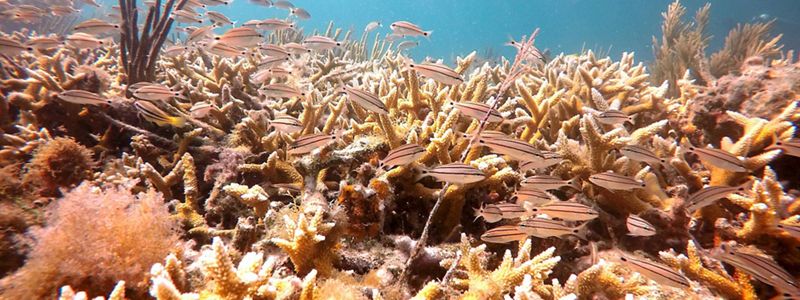
From Florida and the Southeastern U.S.